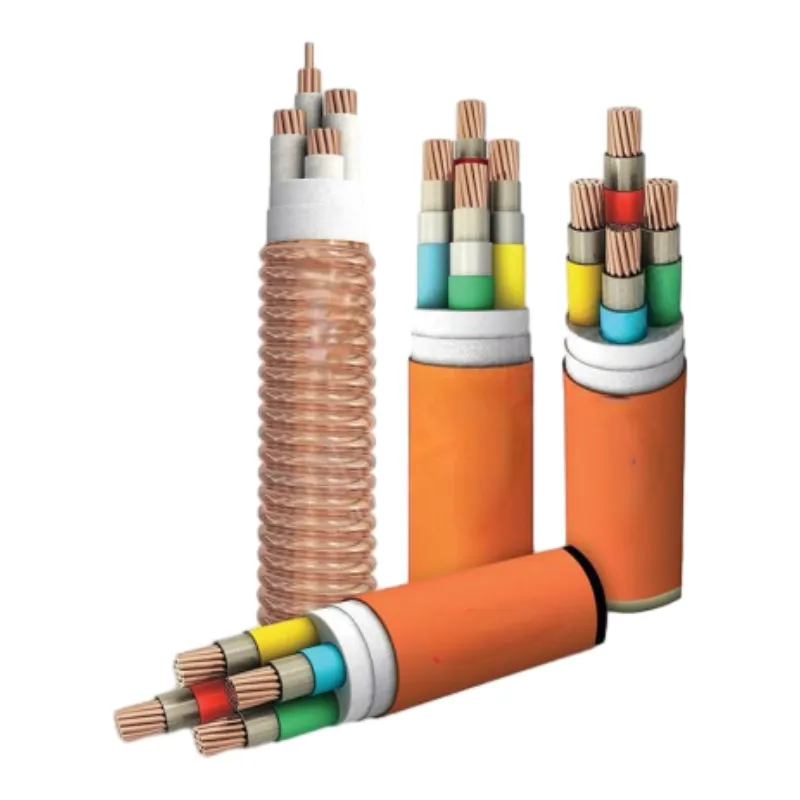11 月 . 02, 2024 13:48 Back to list
single sphere type rubber joint
The Single Sphere Type Rubber Joint A Versatile Solution in Fluid Conveyance
The single sphere type rubber joint is a crucial component in the field of fluid and gas conveyance systems, particularly in industries requiring flexible connections to absorb vibrations and accommodate misalignments. As technology advances, the demand for reliable and efficient components like rubber joints has grown, making them indispensable in various applications.
At its core, a single sphere type rubber joint consists of a flexible rubber body, usually designed in a spherical shape, which allows for multidirectional movement
. The joint typically features flanged ends, enabling easy installation in pipelines, ducts, and HVAC (Heating, Ventilation, and Air Conditioning) systems. This design not only helps in minimizing stress on mechanical connections but also promotes durability and overall system reliability.One of the primary advantages of the single sphere rubber joint is its ability to absorb dynamic forces and vibrations generated by pumps, compressors, and other equipment. When fluid flows through pipelines, it inevitably generates pressure surges and vibration. The rubber joint effectively dampens these disturbances, reducing the chances of damage to adjacent equipment and ensuring stable performance over time.
Moreover, the flexibility inherent in the single sphere design allows for angular and lateral movement, which is particularly beneficial in situations where misalignment is unavoidable. This characteristic minimizes the risk of leaks at connecting points — a common issue in rigid piping systems. Therefore, industries that rely on precise fluid transfer, such as water treatment plants, chemical processing, and industrial manufacturing, benefit significantly from the adaptability offered by these rubber joints.
single sphere type rubber joint

Temperature resilience is another notable feature of the single sphere type rubber joint. Depending on the elastomer material used in its construction, these joints can withstand a wide range of operating temperatures, making them suitable for hot, cold, and even corrosive environments. Common materials include EPDM (Ethylene Propylene Diene Monomer) and NBR (Nitrile Butadiene Rubber), each tailored for specific applications and fluid types.
In addition to their practical applications, single sphere rubber joints contribute to environmental sustainability. By reducing the likelihood of leaks and failures in fluid systems, they help lower the risk of chemical spills or water loss, thus supporting conservation efforts. Moreover, the longevity of these joints minimizes the need for frequent replacements, reducing overall material waste in the long term.
As industries move toward more efficient and sustainable practices, the single sphere type rubber joint will likely continue to play an essential role in modern infrastructure. Engineers and designers are increasingly incorporating these joints into their systems to enhance performance and reliability. With ongoing advancements in materials and manufacturing techniques, the future promises even more innovative solutions built around the fundamental advantages of the rubber joint—one that not only enhances efficiency but also supports environmental objectives in fluid management.
In conclusion, the single sphere type rubber joint stands out as a versatile and essential component in fluid conveyance applications. Its unique design, material properties, and functional benefits position it as a pivotal element for industries focused on efficiency, reliability, and sustainability.
Share
-
Understanding the Differences Between Wafer Type Butterfly Valve and Lugged Butterfly ValveNewsOct.25,2024
-
The Efficiency of Wafer Type Butterfly Valve and Lugged Butterfly ValveNewsOct.25,2024
-
The Ultimate Guide to Industrial Swing Check Valve: Performance, Installation, and MaintenanceNewsOct.25,2024
-
Superior Performance with Industrial Swing Check Valve: The Essential Valve for Any SystemNewsOct.25,2024
-
Industrial Swing Check Valve: The Ideal Solution for Flow ControlNewsOct.25,2024
-
You Need to Know About Industrial Swing Check Valve: Functionality, Scope, and PerformanceNewsOct.25,2024